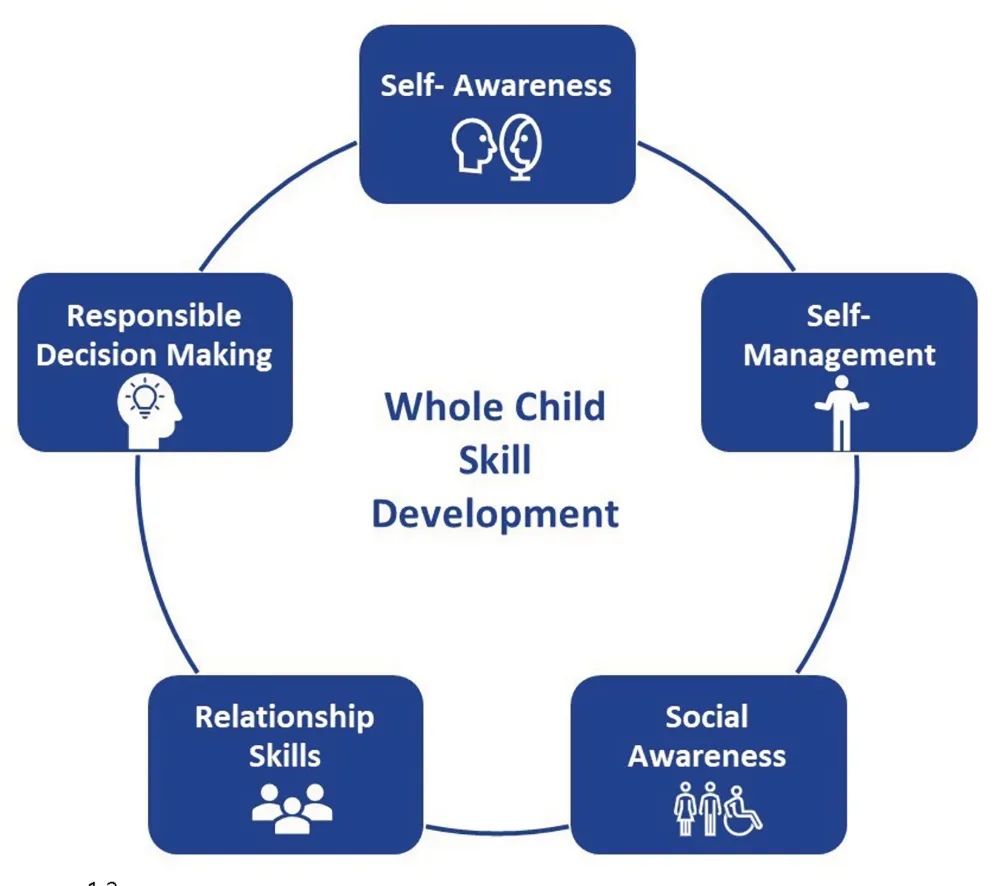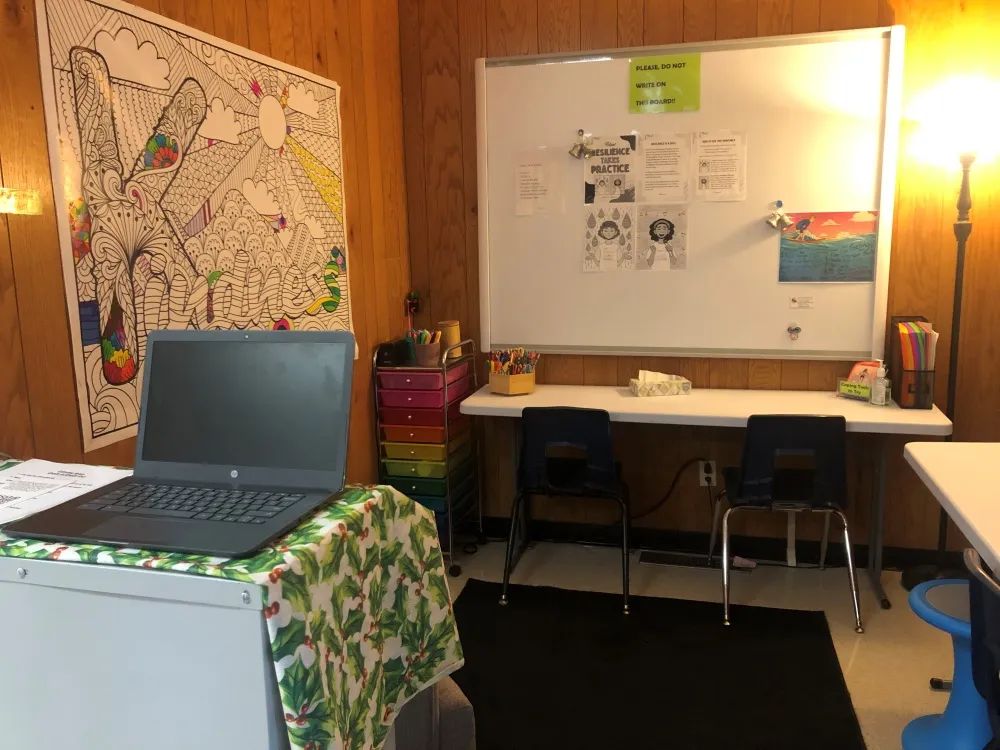
Teaching the Whole Child Through Social-Emotional Education
February 2023
by Kelly McCandless
No matter your age or stage, humans are constantly developing our ability to cope with and respond to any given situation. Whether it’s being caught in traffic, losing out on a promotion, not knowing the answer to a question, or not being included in a social event – our emotions are real and can be very difficult to control. Clearly, the need to manage our behavior never goes away.
Levels of Support
Whole Child Skill Development is a critical component of the academic process, and School District 2 is committed to engaging students, staff, educators, administration, and parents/caregivers in the process. A grant has provided the funding for focused work on this crucial piece of the academic puzzle for students in grades K through 8th; to learn more we spoke with Amity Burkhardt, the lead on this Wellness and Resiliency Project, and Becky Carlson, Principal at Will James Middle School (WJMS), to learn more.
SD2 is working through Multi-Tiered Systems of Support (MTSS). According to the WJMS website, MTSS is a comprehensive systems approach to a framework that is utilized in a school setting to improve Academic, Behavior, and Social/Emotional outcomes for all students. Data is utilized to improve student learning along with school climate. At Will James, they utilize a Wellness Team and a Student Problem Solving Team to ensure effective practices for all students.
“We’re working to teach the whole child. We evaluate how they respond to emotions, what behaviors are helpful and which they need guidance for,” Carlson explained. “We’re also learning from experts evaluating existing systems and offering feedback on what works well, what to improve, and where to start fresh.”
“There are so many tools available for students,” Burkhardt continued. “We are helping students develop skills to advocate for what they need to be successful and the school system itself to be prepared to respond to those needs and plug kids into existing tools and services accordingly.”
To keep things as simple and sustainable as possible, each school develops their own core expectations to align with their individual culture. At WJMS, those core expectations are: Respectful, Responsible, Safe, and Kind. “Once we identified these expectations, our teams worked together to determine what these behaviors look and sound like in different areas throughout the school to help the students understand what is expected of them,” Carlson explained.
Differing Needs

With guidance at the district level, each school can adapt the programs to their student population. At Will James, this included a family needs assessment to understand what was important to caregivers. “Our families expressed interest in learning more about mental health, so we’re developing opportunities to discuss this important topic,” Carlson said. “We provide tools to help caregivers notice when kids are withdrawing and suggestions for checking in on-screen use and peer interactions. We also provide parent nights with specific content to help educate and share information so we can all be better equipped to help our students.”
Burkhardt outlined how, at the district level, they’re establishing consistent language, skillsets, and expectations to help educators and students build awareness. “We’ve created a common mission for all engaged with the project, and we’ve worked together to establish an understanding of support and steps to take when students are struggling to meet expectations,” she said.
One Approach
To help ensure evaluations and responses are equitable, WJMS developed a Tiers of Intervention chart. Tier 1 is universal and includes basic interventions like redirecting, actively supervising, encouraging use of a calming tool or space, or even chewing gum. When called for, a parent-teacher conference or a call/email to a caregiver may be engaged.

Tier 2 is more complex and involves engaging their Student Assistance Team to help evaluate the situation, holding a parent-teacher meeting, or developing a Positive Behavior Plan with the student. Tier 3 is reserved for behavior concerns that need more formal intervention.
“One of the strengths of the tiers is that we require reviewing our expectations, modeling behaviors, and attempting a minimum of 3-5 tier 1 interventions before advancing,” Carlson noted. The students are invested in, not shuffled through a system. Parents are engaged by the school when the behavior calls for it, and parents themselves can certainly request support from the school if concerns arise.
Measurable Outcomes
Whole Child Skill Development is such an important tool. Emotional management is a critical life skill, and it becomes more difficult to learn the older we get. According to the Center on Positive Behavior Interventions and Supports (PBIS), offering school-wide positive interventions yields improved student outcomes, including academic performance, social-emotional competence, reduced bullying behaviors, and decreased rates of student-reported drug/alcohol abuse. They also report reduced exclusionary discipline and improved teacher outcomes.
For business owners and those focused on workforce issues, Whole Child Skill Development is extremely relevant. The skills students develop through this approach are the highly valued “soft skills” many employers note as lacking in applicants today. Focused work on these skills in the early years is bound to yield skilled employees in the future.
Working with students to grow their emotional intelligence is an invaluable investment. The Wellness and Resiliency Project is in the middle of a 3 – 5-year process, and every school is in a different place in developing their plan. Learn more about how the Office of Public Instruction (OPI) describes Whole Child Skill Development at https://opi.mt.gov/Educators/School-Climate-Student-Wellness/Safe-and-Supportive-Schools/Whole-Child-Supports. To explore an example of the tools in use by Will James, visit Effective Academic Behavioral Practices.
Originally printed in the February 2023 issue of Simply Local Magazine
Never miss an issue, check out SLM's digital editions here!





